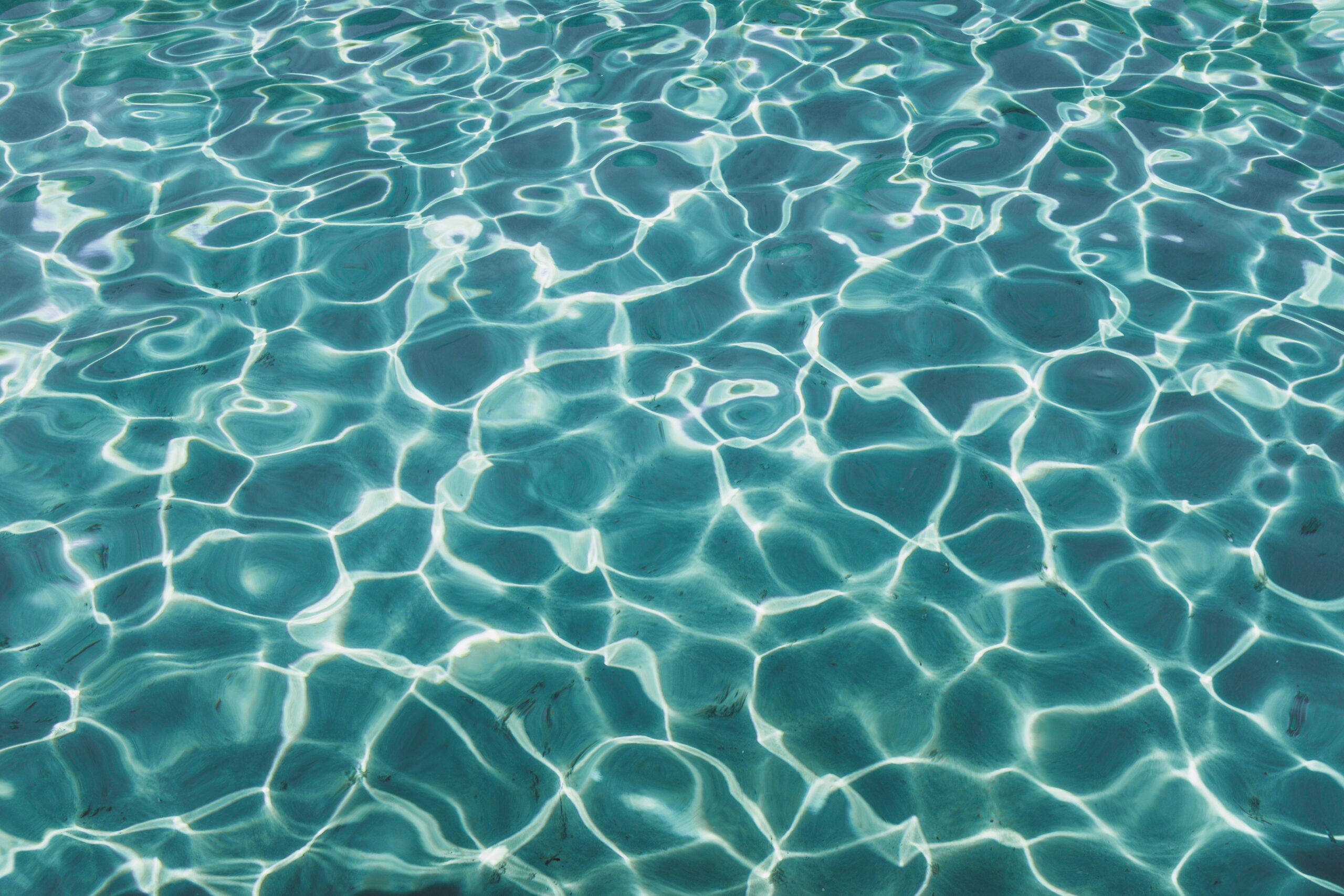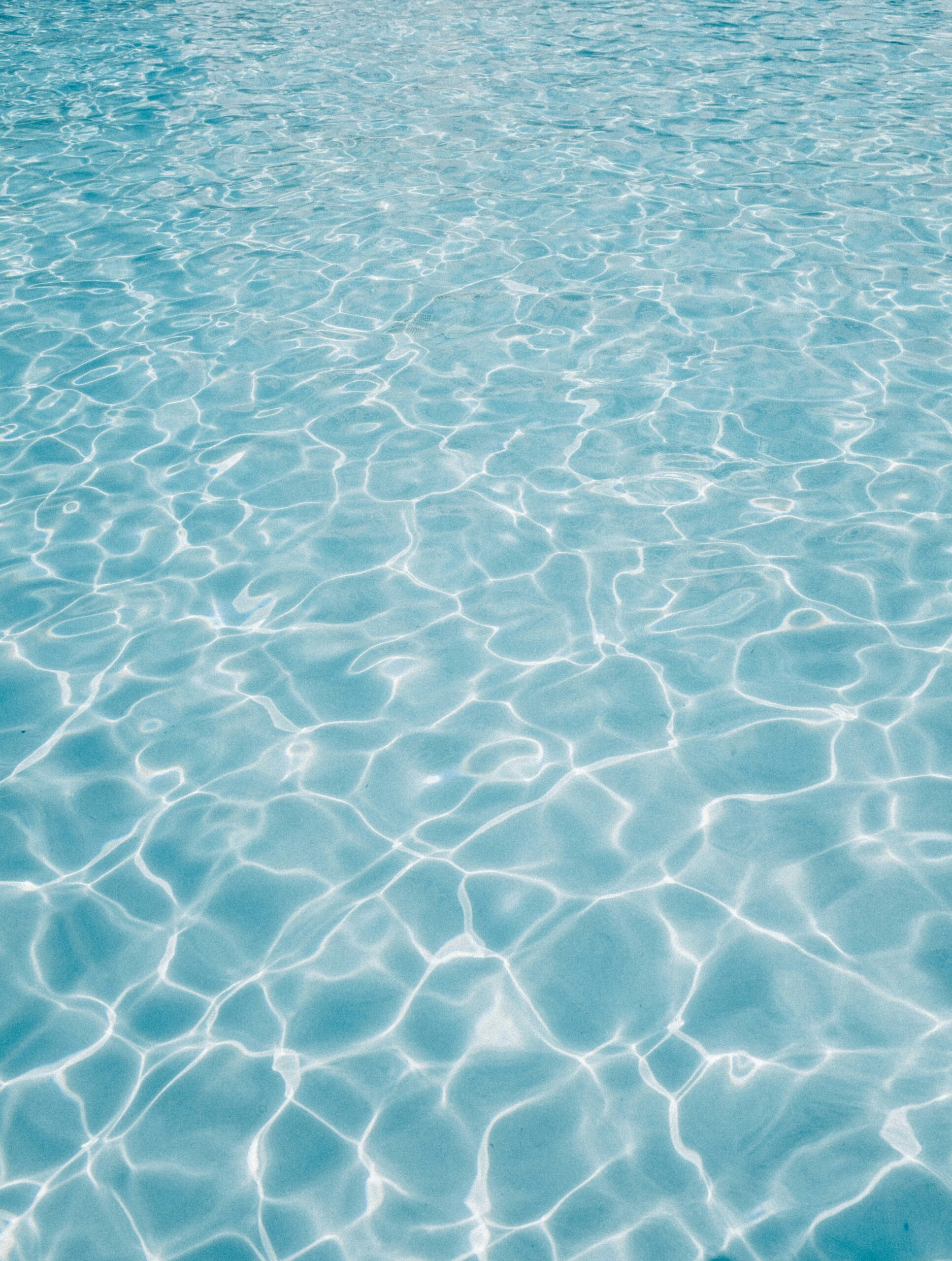How often have you found yourself wondering, “How much water should I have in my emergency supply?” It’s a crucial question, and getting the answer right can make a significant difference in a crisis. Let’s break this down in a friendly, straightforward manner so you feel prepared and confident.

The Importance of Water in Emergencies
Water is essential for survival. Unlike food, which you can go without for several weeks, you can only last a few days without water. Water is necessary not just for drinking but for cooking, sanitation, and even basic medical care. In emergencies, whether caused by natural disasters, power outages, or unforeseen circumstances, having an adequate water supply can be the difference between comfort and chaos.
Daily Water Needs
To determine how much water you need for emergencies, you first need to understand your daily water requirements. The general recommendation is:
| Person | Water per Day |
|---|---|
| Adult | 1 gallon |
| Child | 1 gallon |
This is a basic guideline. An adult typically needs one gallon of water per day, including drinking and minimal sanitation. Children, who are generally smaller, require less but still should be allocated approximately one gallon to ensure their needs are adequately met.
Calculating Your Water Supply Needs
1. Number of People
First, account for everyone in your household. This includes adults, children, and don’t forget pets. Pets also need water for drinking and should be factored into your calculations.
2. Duration
Next, consider the duration you want to be prepared for. Authorities like FEMA recommend having at least a three-day supply of water. However, for better preparedness, aiming for a two-week supply is more prudent.
Basic Calculation
Use this simple formula for calculating your water needs:
Total Daily Water Need = Number of People x 1 gallon
Then, multiply by the number of days:
Total Water for Emergency = Total Daily Water Need x Number of Days
For instance, if your household comprises 2 adults, 1 child, and 1 pet dog for a two-week supply, your calculation will look like this:
- Number of people (including pets): 3 humans + 1 pet = 4
- Daily water need: 4 gallons per day
- Duration: 14 days
Total Water for Emergency = 4 gallons/day x 14 days = 56 gallons
Adding some extra for sanitation and unexpected needs is always a good idea, so rounding up to 60 gallons might be practical.
Storing Your Emergency Water Supply
Types of Water Storage Containers
Choosing the right containers is crucial for water storage. Here are some common options:
| Container Type | Description |
|---|---|
| Commercially bottled | Convenient, but more expensive for large supplies |
| Large plastic jugs | Economical, easy to store, but can be cumbersome |
| Water storage barrels | Durable, perfect for large quantities |
| Water bladders | Space-efficient, easy to transport when empty |
Select a storage container that matches your space and needs. Ensure it’s made of food-safe materials.
Tips for Safe Water Storage
- Use Appropriate Containers: Only use containers made for food or beverage storage. Avoid anything that previously held non-food substances.
- Label and Date: Clearly label your water storage containers with the date they were filled.
- Store Properly: Keep water in a cool, dark place to prevent the growth of algae and bacteria.
- Rotate Regularly: For commercially bottled water, check expiration dates. For home-filled containers, rotate and replace the water every six months.
Treating and Purifying Water
In an emergency, you might need to treat or purify water to make it safe to drink. Contaminated water can carry harmful bacteria and viruses.
Boiling
Boiling is one of the most effective methods of purifying water. Bring water to a rolling boil for at least one minute. This kills most pathogens. Boiling is suitable for small quantities but might not be practical for larger amounts.
Chemical Treatments
Chemical treatments like iodine tablets or chlorine bleach are excellent for disinfecting water. They are portable and easy to use.
| Method | Instructions |
|---|---|
| Iodine Tablets | Use according to the manufacturer’s directions, typically one tablet per liter |
| Chlorine Bleach (unscented) | Use 8 drops per gallon; Let stand for 30 minutes before use |
Filtration Systems
Portable water filters are handy for removing bacteria and protozoa. Some advanced filters can even handle viruses. Choose a filter that meets your emergency needs.
UV Light
UV light purifiers are effective but require batteries and maintenance. They work well for small amounts of water and are easy to carry.

Emergency Water Sources
Sometimes, despite planning, you may find yourself needing to find water from natural sources during an emergency. Knowing where to look and how to treat this water is essential.
Natural Water Sources
- Rivers and Streams: Look for fresh flowing water, which is generally safer than stagnant water.
- Lakes and Ponds: These can be good sources but require more treatment.
- Rainwater: Collecting rainwater is an excellent method but must be properly stored and treated.
Treating Natural Water Sources
Even with fresh natural sources, always treat water before consumption. Refer back to boiling, chemical treatments, or portable filters to ensure the water you collect is safe.
Maintaining Hygiene with Limited Water
In emergencies, conserving your water supply while maintaining hygiene is crucial. Here are strategies to accomplish that:
Hand Washing Alternatives
Using hand sanitizers can help conserve water.
| Situation | Alternative Method |
|---|---|
| Handwashing | Hand sanitizers, baby wipes |
| Dishwashing | Minimal water and bleach solutions for rinsing |
| Bathing | Sponge baths using limited water quantities |
Sanitation and Waste Management
Proper sanitation is essential to prevent illness. Consider DIY solutions if traditional plumbing systems are compromised:
| Solution | Instructions |
|---|---|
| DIY Toilets | Line a sturdy trash can with two heavy-duty garbage bags. |
| Disinfectants | Use bleach solutions (1 part bleach to 10 parts water) for cleaning. |
Using disposable items, such as plates and cutlery, can also reduce your need for washing and conserve your water supply.

Long-Term Water Storage Solutions
For those looking to be prepared for longer durations, consider these more long-term water storage solutions and strategies.
Large Water Tanks
Investing in large water storage tanks can be a practical solution. These tanks can hold hundreds of gallons, ensuring a long-term supply.
Rainwater Harvesting Systems
Setting up a rainwater harvesting system can provide a renewable water source. Here are some basics for setting up such a system:
- Gutters and Downspouts: Ensure they direct rainwater into a collection container.
- Storage Containers: Use food-grade barrels or large tanks.
- Filtration: Set up a basic filter system to keep debris out.
Water Generators
Atmospheric water generators extract humidity from the air and condense it into drinkable water. While expensive, they can provide a continuous water supply in specific climates.
Additional Measures
For exceptionally long-term scenarios, it’s worth considering:
| Method | Description |
|---|---|
| Water Reclamation Units | Systems that recycle wastewater into potable water |
| Community Water Sharing | Collaborating with neighbors to ensure collectively adequate supplies |
Understanding your region’s specific challenges and available resources can guide you to the best long-term water storage solutions.
Emergency Water Supply Checklist
To ensure you don’t overlook any crucial steps, here’s a handy checklist for you:
| Task | Done |
|---|---|
| Calculate total water needs (for all family members and pets) | |
| Purchase/stage appropriate water storage containers | |
| Label containers with fill date and expiration | |
| Regularly rotate and replace stored water | |
| Set up emergency water purification methods (boiling, chemicals, filters) | |
| Identify and plan for emergency water sources | |
| Maintain hygiene with minimal water (use alternatives like sanitizers) | |
| Plan long-term water storage solutions (tanks, rain harvesting) | |
| Review and restock supplies periodically |
Having this visual checklist can make organizing and preparing your emergency water supply more manageable and ensure you’re comprehensively prepared.

Conclusion
Having an adequate water supply is paramount to your emergency preparedness plan. Understanding your needs, properly storing water, and knowing how to purify and treat it can provide you peace of mind and security during trying times. By following these detailed guidelines and proactive steps, you can ensure that your family stays safe and hydrated no matter what comes your way. Stay informed, plan ahead, and keep your emergency water supply ready—a simple yet powerful measure for your safety and well-being.

